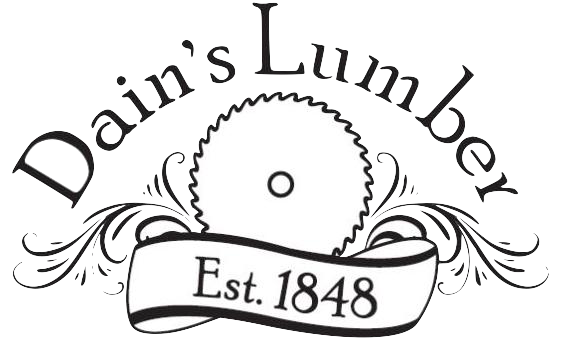A deciduous conifer. Height 120 feet to 140 feet. Trunk diameter 4 feet to 5 feet. Distribution: as far north as the Pine Barrens of New Jersey south throughout the southeastern United States. Primarily found in the swamps and coastal tidewaters of the Gulf of Mexico in Florida and Mississippi. Related to the California redwood, bald cypress is a very big tree and exceedingly long lived. One in Mexico is estimated to be approximately 7,000 years old. Just when you think that you`ve got nature all compartmentalized and tidied-up, along comes a tree like the bald cypress. It is a conifer but loses its needles every winter, which makes it also deciduous! In the spring it produces new tender green needles that grow and darken all summer. In the fall they turn autumn colors and fall off, again.
The bald cypress thrives in swamp water and tidal flows preferring to be submerged at least part of the year. The huge trunks yield large quantities of moisture-resistant timber. It is a soft wood, not very strong but the lumber is very durable. It has a uniquely high resistance to insects, dampness and fungal decay. It is a reliable wood, stable with little shrinkage. Bald cypress machines well with proper tools. It finishes, stains and holds paint well and can be easily glued. It has an irregular but attractive grain Cypress wood is a beautiful warm brown color-more red from the coastal trees and more yellow from the inland trees. It is often described as salmon colored.
Because of its dampness tolerance, bald cypress is a more popular choice in the Southern states than in New England. As its durability is legendary, it is an excellent choice wherever insects and humidity are a consideration. Bald cypress is available in many grades. "Pecky cypress" and the better grades are sold for decorative and interior applications -molding, doors and other millwork. One grade known as "board and batten" grade is ideal for exterior siding. It is also suited for structural uses. It is readily available as lumber, limited as veneer. Its price range is average but the cost fluctuates depending on the season and the rainfall. Because it must be harvested in the swamps, it is easier and less expensive to cut in dry seasons. Correspondingly, in heavy wet-weather years, it is harder to get to the good supplies so the price goes up. Bald cypress is one of the most versatile woods grown in the United States. Because of its affordability, it is a good choice for both decorative and practical reasons. In wet climates, it is used principally for building construction: posts, beams, siding in warehouses, factories, docks, bridges, houses, porches, greenhouses, cooling towers and stadiums. It is also used for tanks, vats, refrigeration and cooperage. Because of its handsome color, the finer grades are used for interior applications such as flooring, paneling, trim, sash, doors and blinds. It also has a market for outdoor furniture and swings.

